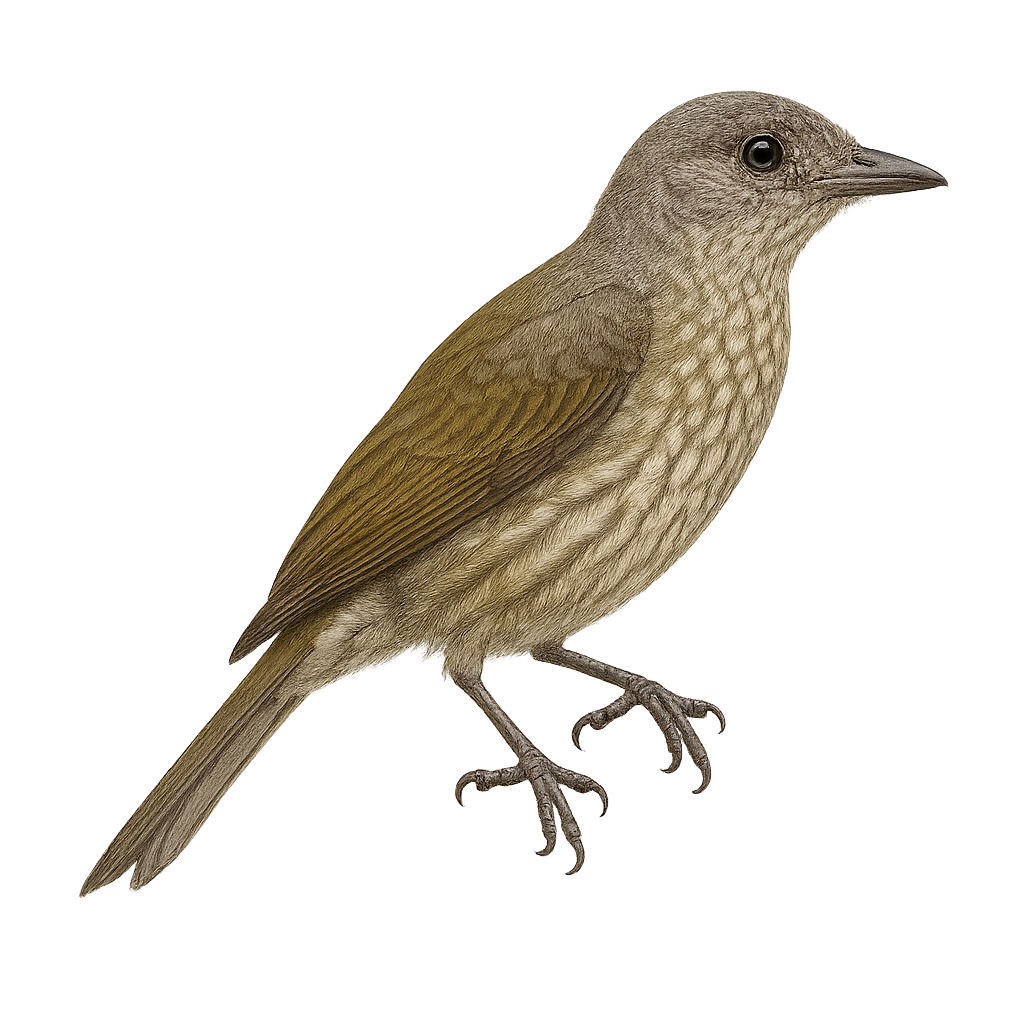Your wildlife photography guide.
Explore the spotted honeyguide in detail, study its behavior, prepare your shots.
Where to observe and photograph the spotted honeyguide in the wild
Learn where and when to spot the spotted honeyguide in the wild, how to identify the species based on distinctive features, and what natural environments it inhabits. The WildlifePhotographer app offers tailored photography tips that reflect the spotted honeyguide’s behavior, helping you capture better wildlife images. Explore the full species profile for key information including description, habitat, active periods, and approach techniques.
Spotted Honeyguide
Scientific name: Indicator maculatus

IUCN Status: Least concern
Family: INDICATORIDAE
Group: Birds
Sensitivity to human approach: Suspicious
Minimum approach distance: 10 m
Courtship display: September to November
Incubation: 17-18 jours
Hatchings: September to December
Habitat:
tropical forests, subtropical forests
Activity period :
Primarily active during the day, with peak activity in the morning and late afternoon.
Identification and description:
The Spotted Honeyguide, or Indicator maculatus, is a fascinating bird belonging to the family Indicatoridae. This small bird is primarily known for its unique behavior of guiding humans and animals to wild bee hives, from which it derives its name. It measures about 18 cm in length and features an olive-brown plumage with distinctive white spots on its wings and belly. Its natural habitat spans the tropical and subtropical forests of Central and West Africa. The Spotted Honeyguide is a diurnal bird, active mainly during the day, and feeds primarily on beeswax and bee larvae. Although its conservation status is currently considered "least concern," deforestation and habitat loss could pose long-term threats.
Recommended lens:
400 mm – adjust based on distance, desired framing (portrait or habitat), and approach conditions.
Photography tips:
To photograph the Spotted Honeyguide, it's essential to remain discreet and maintain a safe distance of at least 10 meters to avoid disturbing it. Using a 400mm lens or longer is recommended to capture detailed images without getting too close. Look for it in tropical and subtropical forests, where it is active during the day. Be patient and wait for it to perch to get sharp shots. The natural light of the morning or afternoon is ideal for highlighting the details of its spotted plumage.
The WildlifePhotographer App is coming soon!
Be the first to explore the best nature spots, track rutting seasons, log your observations, and observe more wildlife.
Already 1 439 wildlife lovers subscribed worldwide

